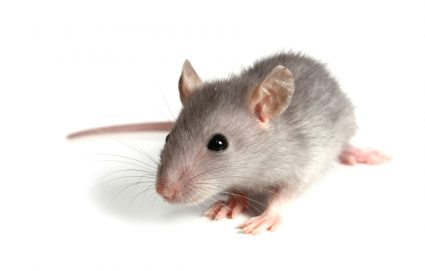
Fleas are a common concern, especially for pet owners. These tiny, jumping pests are not just a nuisance, they can pose significant health risks to pets and humans alike. But how prevalent are they in our homes? Let’s delve into this topic to provide you with a comprehensive understanding of flea infestations.
Fleas are quite common in homes, especially those with pets. The prevalence varies across different geographical locations. In the United States, millions of homes report pests, including fleas. In Europe and Asia, a significant number of dogs and cats are found to be infested with fleas. Factors such as pet ownership, sanitary conditions, and proximity to other infested homes can influence flea presence. However, with regular cleaning, preventative pet treatment, and effective home remedies, it is possible to manage and eliminate flea infestations.
Prevalence of Fleas Across the Globe
The prevalence rate of fleas in homes varies across different geographical locations. In the United States, about 14 million of the approximately 124 million occupied housing units reported seeing pests like roaches and rodents, which can contribute to flea infestations. In Europe, flea infestation rates in dogs and cats range from 10% to 40%. In Asia, 14.8% of dogs and 19.6% of cats were found to be infested by fleas. In the United Kingdom, a survey found a 28.1% prevalence of flea infestation in cats and a 14.4% prevalence in dogs.
Factors Influencing Flea Presence
Several factors influence the presence of fleas in homes. These include pet ownership, poor sanitary conditions, environmental conditions, presence of flea eggs, larvae, and pupae, proximity to other infested homes, and presence of wild animals.
Identifying a Flea Infestation
A homeowner can identify a flea infestation by observing excessive scratching or overgrooming in pets, flea dirt on pets, itchy red spots on humans, flea eggs in pet beds or other areas where pets sleep, visible fleas hopping around on pets, furniture, or carpets, pale gums in pets, and hair loss, scabs, or red, irritated skin on pets.
Risks Posed by Fleas
Fleas pose several risks and dangers to both humans and pets in a household. These include flea-borne diseases, flea allergy dermatitis, tapeworm infestations, anemia, Bartonellosis, and skin infections.
Preventing Flea Infestations
To avoid flea infestations, homeowners can take several preventative measures. These include regular cleaning, washing bedding, lawn care, using a flea comb, pet treatment, steam cleaning carpets, checking pets for fleas, and maintaining a clean outdoor environment.
Methods for Eliminating Flea Infestations
There are several effective methods for eliminating flea infestations in your home and on your pets. These include sanitation, pet treatment, home treatment, natural remedies, essential oils, vacuuming, yard maintenance, herbal sprays, coconut oil, and flea combs.
Impact of Flea Infestations on Property Value
Yes, a flea-infested home can affect the value and saleability of the property. While fleas are not a structural issue, they can cause discomfort and health concerns for potential buyers, which may deter them from purchasing the property.
Best Flea Treatments for Pets and Homes
The best flea treatments for pets and homes include a combination of topical treatments, oral medications, and home treatments. Some of the most effective options include Frontline® Flea Spray for Dogs and Cats, Seresto™ Flea and Tick Collar for Dogs and Cats, Simparica Trio Chews for Dogs, Skout’s Honor Flea & Tick Dog & Home Spray, Adams Flea & Tick Home Spray, and Wondercide Flea, Tick, and Mosquito Spray.
In conclusion, fleas are a common issue in homes, particularly those with pets. However, with the right knowledge and preventative measures, homeowners can effectively manage and eliminate flea infestations.
Frequently Asked Questions
What is flea dirt?
Flea dirt is essentially flea feces, which is dried blood that fleas excrete after feeding on your pet. It looks like tiny black or reddish-brown specks and is usually found on your pet’s skin, bedding, and other areas where your pet frequents.
How quickly can a flea infestation spread?
Flea infestations can spread quickly due to the fast reproduction rate of fleas. A single female flea can lay up to 50 eggs per day, and these eggs can hatch into larvae within a week.
What is flea allergy dermatitis?
Flea allergy dermatitis is a skin condition caused by an allergic reaction to flea saliva. It causes intense itching and irritation in pets, leading to scratching, hair loss, and skin infections.
Can fleas live on humans?
While fleas can bite humans, they cannot live on human skin long term. Fleas prefer to live on furry animals like dogs and cats. However, if the infestation is severe, fleas can temporarily infest human clothing or bedding.
Can fleas survive in cold weather?
Fleas are more prevalent in warm, humid environments. However, they can survive in cold weather by living on warm-blooded hosts or inside homes where the temperature is controlled.
What are natural remedies for flea infestations?
Natural remedies for flea infestations include diatomaceous earth, apple cider vinegar, rosemary, and cedarwood oil. However, these remedies may not be as effective as treatments specifically designed to kill fleas and should be used as part of a comprehensive flea control plan.












